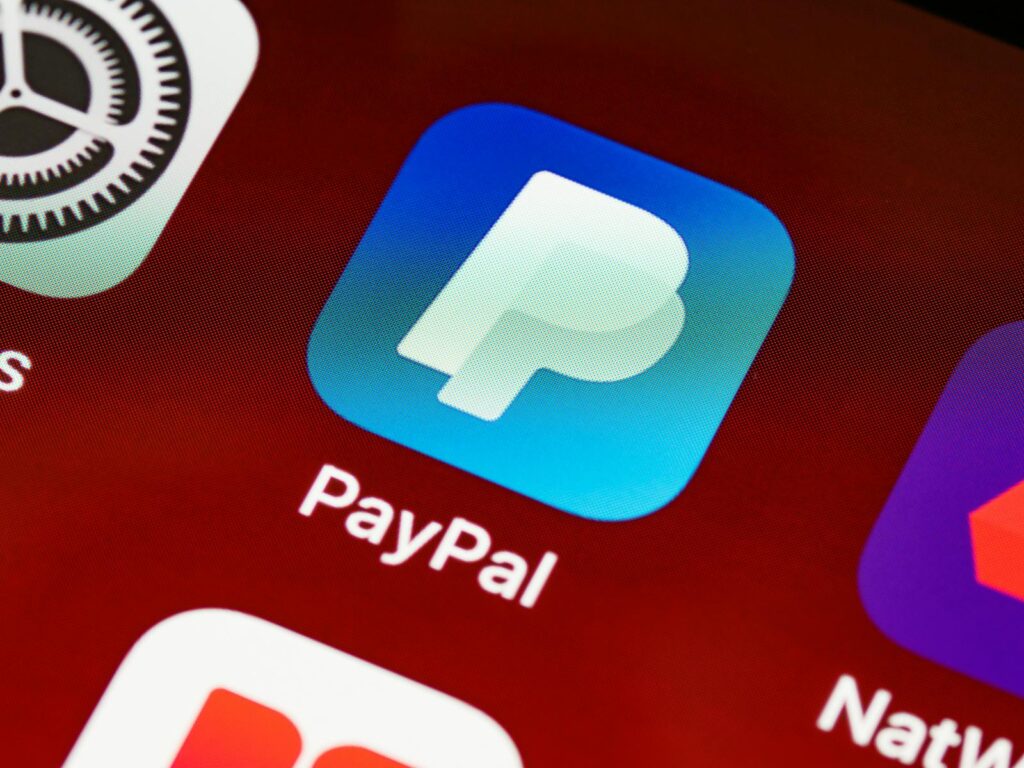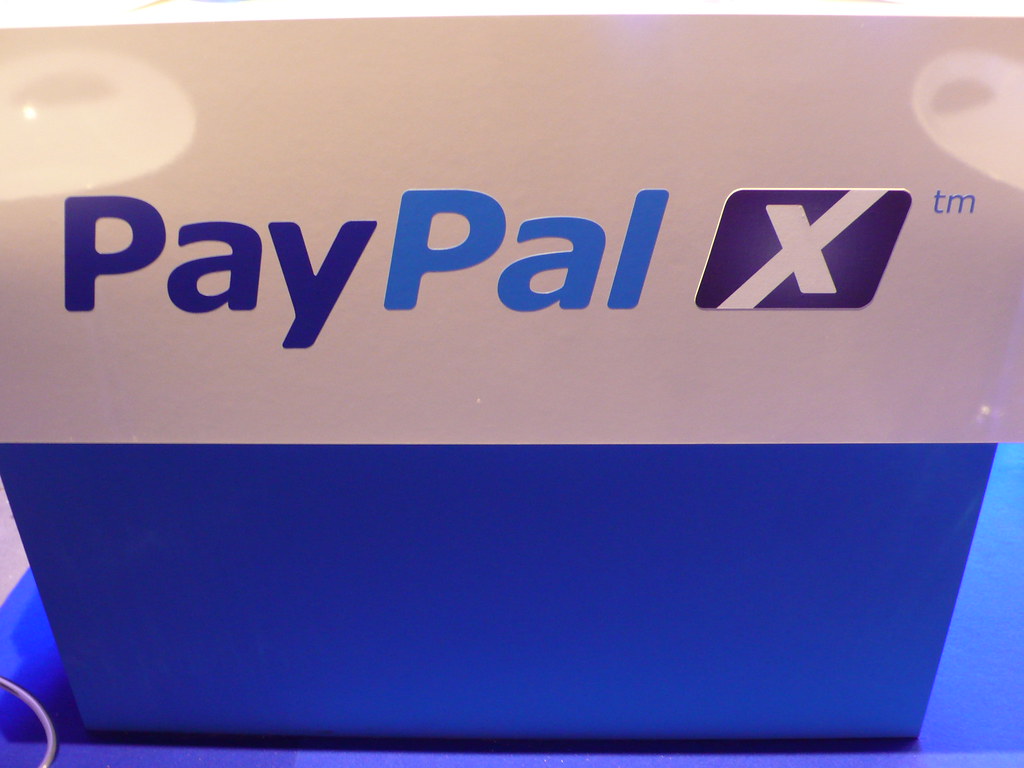Main Points:
- PayPal successfully executed its first business transaction using its stablecoin, PayPal USD (PYUSD).
- The transaction involved Ernst & Young (EY) through SAP’s digital currency hub.
- Stablecoins are growing in popularity, with regulatory frameworks emerging globally.
- PayPal’s strategic integration of cryptocurrency is expanding, with new features enabling users to buy and sell crypto directly from their accounts.
- PayPal’s strong financial performance supports its long-term vision in digital currencies, competing against dominant stablecoins like USDT and USDC.
PayPal Executes Its First Business Transaction with Stablecoin
On October 3, 2024, PayPal achieved a significant milestone in its crypto journey by completing its first business transaction using its proprietary USD-pegged stablecoin, PayPal USD (PYUSD). This transaction was processed through SAP’s digital currency hub and involved one of the world’s leading accounting firms, Ernst & Young (EY). Although details of the transaction’s monetary value were not disclosed, this event marks an important step toward the adoption of stablecoins in business-to-business (B2B) environments.
The move signals the growing acceptance of stablecoins for corporate payments, as they allow instant settlements with minimal fees. PayPal’s Senior Vice President, Jose Fernandez da Ponte, who oversees blockchain and digital currencies, noted that businesses, particularly financial executives like CFOs, are showing increased interest in stablecoins due to their operational efficiency and predictability.
The Role of PYUSD in PayPal’s Digital Strategy
Launched in August 2023, PayPal’s PYUSD is backed by U.S. dollar deposits and short-term U.S. treasury bills. According to data from DefiLlama, PYUSD has a market cap of approximately $699 million, placing it eighth among the largest stablecoins globally. Stablecoins like PYUSD are designed to maintain a stable value by being pegged to fiat currencies, such as the U.S. dollar, which helps mitigate the price volatility often associated with cryptocurrencies.
The adoption of PYUSD reflects PayPal’s broader strategy of embracing decentralized finance (DeFi) while providing a bridge for traditional finance systems. By offering a stable value cryptocurrency, PayPal provides its users with a practical, secure means for digital payments, paving the way for more mainstream adoption.
Expanding Cryptocurrency Capabilities
In addition to the introduction of PYUSD, PayPal has continuously evolved its digital asset offerings. In September 2024, the company announced that business users (excluding New York) can now buy, sell, and trade cryptocurrencies directly from their PayPal accounts. This functionality represents a major step toward normalizing the use of digital currencies for everyday financial transactions.
PayPal’s expansion into cryptocurrencies aligns with its vision to facilitate greater financial inclusion globally. With over 500 million active accounts, the fintech giant is uniquely positioned to introduce digital currencies to a broader audience, reducing the barriers for users unfamiliar with cryptocurrencies.
Stablecoin Market Attracts New Players Amid Regulatory Developments
The stablecoin market is rapidly growing, driven by increasing demand and emerging regulatory frameworks across the globe. Notable companies like Robinhood and Revolut are reportedly considering launching their own stablecoins as part of their expansion strategies, particularly within jurisdictions governed by the European Union’s MiCA (Markets in Crypto-Assets) regulations. MiCA is poised to bring more structure to the digital currency market, which has been marked by varying degrees of regulation across regions.
Currently, the stablecoin market is dominated by Tether (USDT) and USD Coin (USDC), which collectively hold a significant market share. USDT’s market capitalization stands at $119.7 billion, far surpassing that of PYUSD. Despite the competitive market landscape, PayPal’s integration of PYUSD is expected to carve out a niche, particularly as businesses increasingly recognize the utility of stablecoins for fast, low-cost cross-border transactions.
PayPal’s Financial Performance Boosts Confidence
PayPal’s strong financial performance in the third quarter of 2024 further underscores the company’s ability to sustain its investments in digital currencies. The company reported a 12% year-over-year increase in revenue, totaling $9.08 billion. Much of this growth is attributed to increased user engagement and higher transaction volumes across its platform. Earnings per share (EPS) also saw a rise, with $1.25 recorded for Q3 2024, up from $1.10 in the same period the previous year.
Despite high operating costs, PayPal continues to deliver impressive results, with gross profit reaching $2.52 billion and a gross margin of 27.8%. This profitability reflects the company’s ability to manage costs while expanding its digital asset services, such as PYUSD.
With over 500 million active accounts and total payment volume (TPV) of $355 billion, PayPal is capitalizing on its massive user base to introduce innovative financial services. This includes its foray into digital currencies, which has the potential to transform the way users engage with cryptocurrencies on a daily basis.

PayPal’s Role in the Future of Stablecoins
PayPal’s successful business transaction using PYUSD represents a major development in the world of stablecoins and corporate payments. By leveraging its extensive user base and introducing stablecoins into the B2B space, PayPal is positioning itself as a key player in the evolving landscape of digital finance. As more businesses turn to stablecoins for efficient, low-cost payments, PayPal’s focus on this area may yield substantial growth in the coming years.
With growing competition from USDT and USDC, as well as new entrants like Revolut and Robinhood, PayPal’s ability to innovate and integrate stablecoin payments into its ecosystem will be critical. However, its strong financial performance and continuous expansion of cryptocurrency services suggest that it is well-equipped to navigate the competitive and regulatory challenges ahead.


